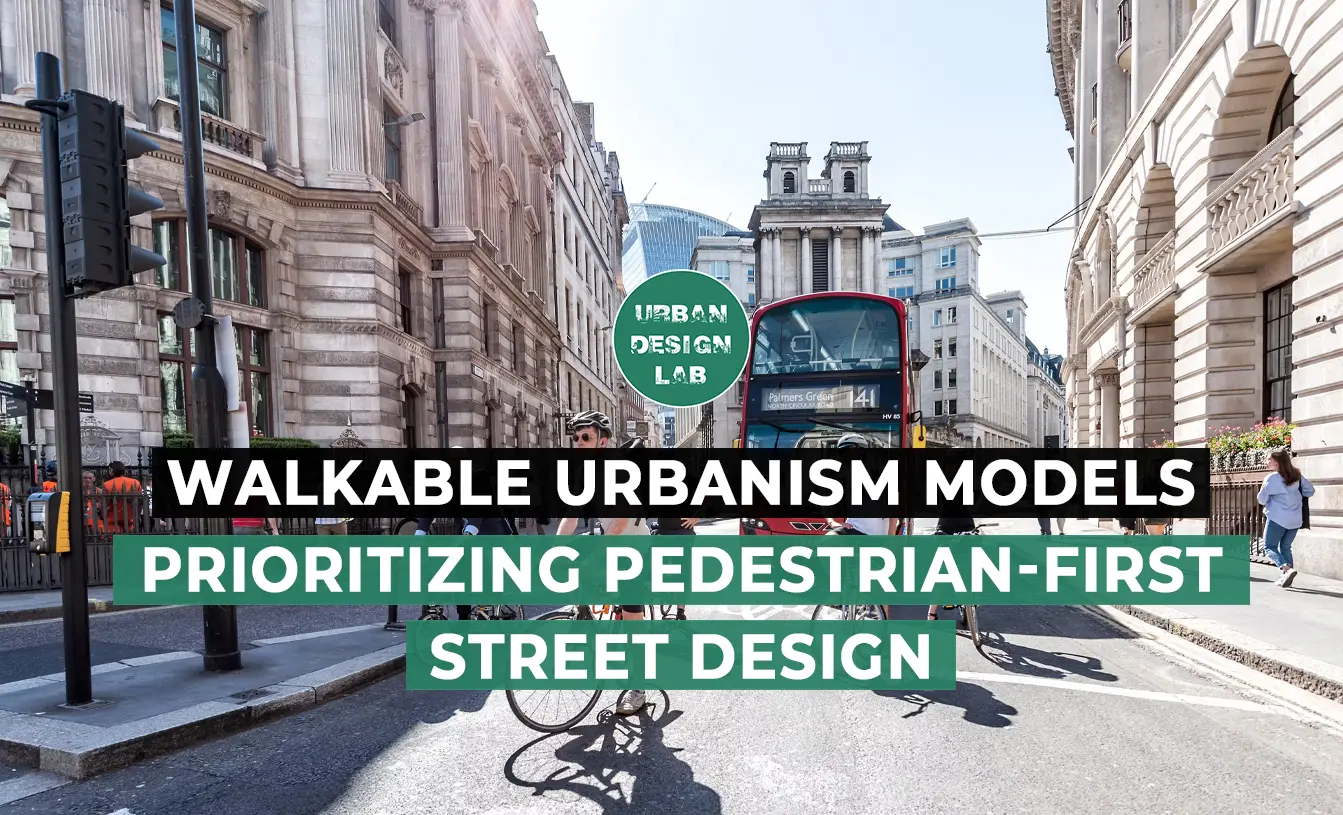
Lucknow Becomes UNESCO City of Gastronomy – What It Means for Urban Design?
Lucknow Becomes UNESCO City of Gastronomy – What It Means for Urban Design?

Lucknow Becomes UNESCO City of Gastronomy – What It Means for Urban Design?

In conflict-affected regions like Sudan, shelter planning must go beyond immediate relief to address long-term resilience. Shelters must protect lives, ensure dignity, and secure access to basic needs.

Barcelona will ban all short-term rentals by 2029, reclaiming housing for residents, easing rents, and reducing tourism’s environmental impact through sustainable urban planning.

This report looks into the concepts of new urbanism and how emphasis is placed on human-oriented layout and walkable neighborhoods as things that are critical in sustainable urban infrastructure.

From cultural icons to digital frontiers—discover how innovative parks worldwide are reshaping public life, tackling social challenges, and turning green spaces into engines of inclusion, identity, and urban change.

Blockchain, digital twins, and generative AI are redefining how cities are simulated, governed, and designed.

Prioritizing pedestrians transforms urban spaces, fostering healthier communities, economic growth, and environmental sustainability through human-centric street design.

London’s first elevated linear park transforms Greenwich Peninsula with a spectacular fusion of contemporary art, sustainable design, and community-focused public space along the River Thames.

The article advocates for post-anthropocentric urbanism, promoting inclusive, more-than-human cities through ecological design, planning strategies, and neighborhood-scale interventions that restore ecosystems and support multispecies coexistence.
Visualising Urban and Architecture Diagrams
Session Dates

Stay updated on workshops, design tools, and calls for collaboration

Please go through our Newsletter Policy
| Cookie | Duration | Description |
|---|---|---|
| cookielawinfo-checkbox-functional | 11 months | The cookie is set by GDPR cookie consent to record the user consent for the cookies in the category "Functional". |
| cookielawinfo-checkbox-performance | 11 months | This cookie is set by GDPR Cookie Consent plugin. The cookie is used to store the user consent for the cookies in the category "Performance". |
| viewed_cookie_policy | 11 months | The cookie is set by the GDPR Cookie Consent plugin and is used to store whether or not user has consented to the use of cookies. It does not store any personal data. |
| cookielawinfo-checkbox-analytics | 11 months | This cookie is set by GDPR Cookie Consent plugin. The cookie is used to store the user consent for the cookies in the category "Analytics". |
| cookielawinfo-checkbox-others | 11 months | This cookie is set by GDPR Cookie Consent plugin. The cookie is used to store the user consent for the cookies in the category "Other. |
| cookielawinfo-checkbox-necessary | 11 months | This cookie is set by GDPR Cookie Consent plugin. The cookies is used to store the user consent for the cookies in the category "Necessary". |

